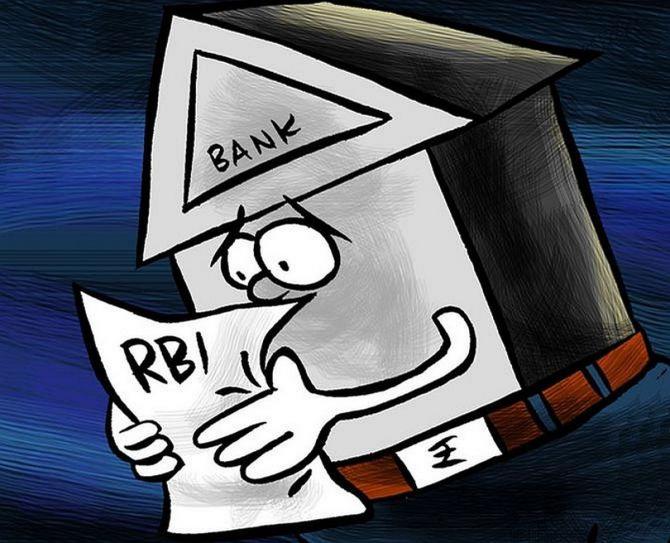India’s bank credit remains resilient and is showing no signs of systematic risk, Reserve Bank of India (RBI) Deputy Governor Michael Patra said on Monday.

A copy of the speech was uploaded on the RBI website on Thursday.
"Bank credit is monitored as a lead indicator of overheating. Our assessment, based on a menu of approaches, indicates that current rates of credit expansion are not pointing to systemic stress building up.
"Illustratively, the credit gap – the difference between the credit to GDP ratio and its trend – is currently negative,” said Patra, while delivering a speech in Cambodia.
He further said that macro stress tests for credit risk indicate that all banks in India are expected to meet the minimum capital requirements, even when subjected to severe stress scenarios.
The deputy governor also said that the ongoing surge in bank credit expansion is primarily driven by retail loans.
“We are, however, watchful as herding by banks in the retail loan space might lead to potential cascades across the system if defaults do occur,” he said.
Patra also said that the net interest margins (NIMs) within the banking system currently stand at approximately 3.8 per cent, which is lower than the estimated threshold of 5 per cent, beyond which there could be potential implications for financial stability.
“NIMs in the banking system are averaging around 3.8 per cent, which is ruling below the estimated threshold of 5 per cent beyond which it may have implications for financial stability due to loosening of leverage constraints and adverse selection.
"Nonetheless, eternal vigilance is the price of financial stability,” he said.
Patra said that India will be a $5 trillion economy by 2027, securing its position as the world's third-largest economy even when measured by market exchange rate.












 © 2025
© 2025